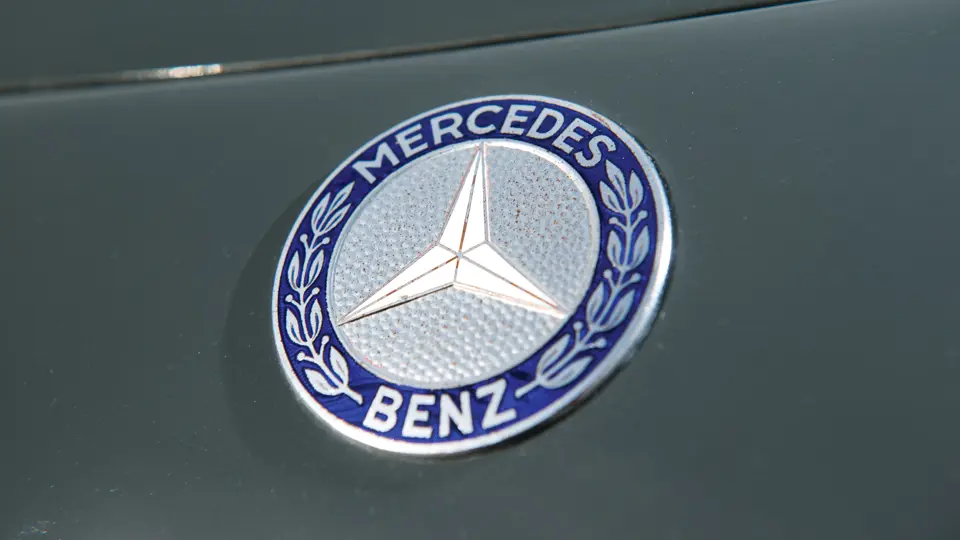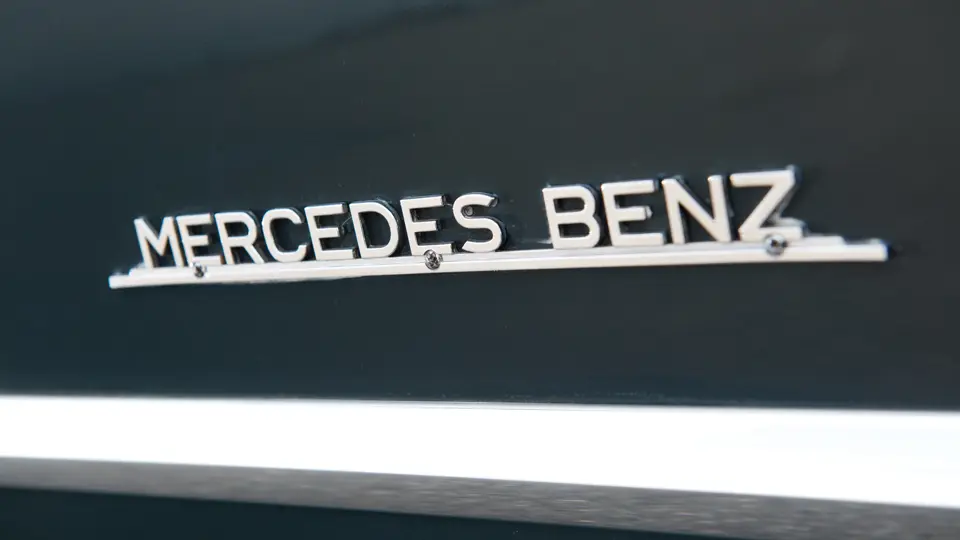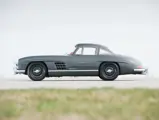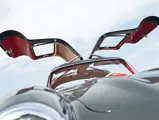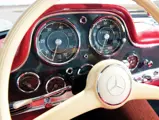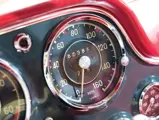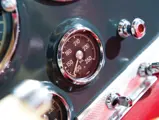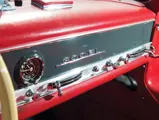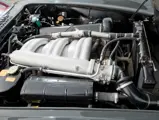
1955 Mercedes-Benz 300 SL Gullwing
{{lr.item.text}}
$1,485,000 USD | Sold
{{bidding.lot.reserveStatusFormatted}}
- Amazing originality, including paint and upholstery
- Retrofitted with “sport” camshaft and desirable Rudge wheels
- Original books, manuals, and promotional materials; includes fitted luggage
- Long-term ownership from 1957 to 2010
- Potential Preservation class winner
215 hp (DIN), 240 hp (SAE), 2,992 cc SOHC six-cylinder engine with Bosch mechanical fuel injection, four-speed manual transmission, coil-spring independent front suspension, coil-spring and swing-axle rear suspension, and four-wheel hydraulic drum brakes. Wheelbase: 94.5 in.
Mercedes-Benz’s 300SL claimed 2nd in the Mille Miglia, 1-2-3 in the Berne, Switzerland, Sports Car Race, 1st and 2nd at Le Mans, 1-2-3-4 at the Nürburgring, and 1st and 2nd at La Carrera Panamericana. The company’s U.S. distributor, Max Hoffman, spoke from his Frank Lloyd Wright-designed Park Avenue showroom that there was a market in America for a fast, sensual Mercedes-Benz coupe, and a production version of the racing 300SL, complete with the fascinating “gullwing” doors, necessitated by the unusual frame design, would be it.
Fuel injection replaced the race car’s carburetors, and the Bosch mechanical unit would be the first for a production car. The 11 prototype W194s, including the so-called “Hobel,” were made in all-alloy. The new Karl Wilfert-designed body was largely steel, retaining aluminum doors, hood, and trunk lids, and included the bumpers (with over-riders for U.S.-spec cars, but optional for the rest of the world) and numerous creature comforts, as well as a tilt-wheel for ease of entry and a sumptuous interior, which is a perequisite for road use.
The SL (translated to English as “Sport Light”) moniker reflected the pioneering use of a welded, tubular-steel, ultra-light frame construction that weighed only 182 pounds. The car also featured a fully independent suspension in addition to its fuel-injected, 3.0-liter (2,996 cubic centimeter) OHC straight six with dry-sump lubrication, and the motor was inclined to the side in order to reduce the height of the front end. The power, rated at 240 brake horsepower at 6,100 rpm (SAE) and 215 brake horsepower at 5,800 rpm (DIN), with the factory-optional or dealer-installed “sport” camshaft, was delivered through a four-speed manual gearbox. A 161-mph top speed and 0–60 acceleration of approximately eight seconds, depending upon the rear-end ratio selected from five options, made the 300SL the fastest production automobile of its time.
It took practice to elegantly climb into a Gullwing, with its wide door sills and low-set seats, but once one was seated and the door swung down, all was right: the pedals are exactly where one’s feet wants to find them, the steering wheel and shifter are at a comfortable level, and the entire car seems to wrap around one’s body like a Savile Row suit. The result was a comfortable, snug place in which to carry oneself and a loved passenger to ridiculously high speeds while negotiating mountain passes, seaside highways, and the like. Long before other manufacturers advertised racing cars for the road, the 300SL truly delivered one to those who could afford it.
Appropriate for an automobile that Max Hoffman had almost single-handedly willed into being, the production 300SL made its debut in the United States, not in Germany, which was a Mercedes first. More than 1,000 of the 1,400 cars produced between 1954 and early 1957 where delivered through Hoffman, to whose showrooms the rich and famous flocked. The 300SL was as much a status symbol in its time as it is today, favored by everyone from Hollywood stars—Clark Gable took one on-location for his films—to racing legends and genuine royalty, with the kings of Jordan, Belgium, and Greece all becoming owners within the first year of production. Argentinean Dictator Juan Peron had been a racing driver before finding his true course in politics, so, of course, he owned a 300SL.
The 300SL was also raced, piloted by such legends as John Fitch, Olivier Gendebien, Paul O’Shea, Prince Metternich, and, of course, Sir Stirling Moss. It all added to the romance of a car that seemed destined to become a legend the moment production began. It had all of the right ingredients: it was incredibly expensive, incredibly exclusive, and incredibly fast, and any red-blooded human who had ever pushed a clutch pedal would’ve sold his or her soul for the feeling of 161 mph behind the wheel. “A thoroughbred in every sense of the word,” advertising boasted, “and a car which will be recognized by all enthusiasts as the ‘last word’ in sporting automobiles; a car which puts indescribable pleasure into driving!”
The car offered here was delivered new by Max Hoffman, and after two years of ownership by its original caretaker, it was retained and well cared for by the second owner from 1957 until 2010—an incredible span of over half a century. His love for the car is obvious in how well its original finishes have survived the usual wear of time, free of the scourge of rust or fender-benders.
The service book advises, “Don’t forget care of paintwork and chromium-plated parts!” The owner listened. The Graphite Grey lacquer that was applied in Stuttgart nearly 60 years ago is marked not by the expected plethora of scrapes, scratches, and dings, but by only very minor wear from decades of loving polishing. The best of modern painters cannot recreate the deep, rich, and earnest glow of the finish on this car, which is still protected by the extra clearcoat applied by the factory at the original owner’s request. Lifting a “wing” reveals the red leather interior installed in 1955, which is still soft, scarcely cracked, and only lightly creased. There are 20-year-old restorations that do not present as well as this unmolested Gullwing.
The third owner of the car wisely chose to keep such outstanding originality intact, while also having the 300SL returned to roadworthy condition by the very best specialists. Accordingly, Paul Russell alumni Mark Allin, of Rare Drive in East Kingston, New Hampshire, performed a complete mechanical service, which included an upgrade of the engine to the most desirable, hottest 240-horsepower form, with the installation of a correct NSL cam and injection pump. The car has also been equipped with Rudge-style wheels, in the fashion of the originals, which are widely sought-after and, to many minds, the vital finishing touch to any well-dressed 300SL.
A correct Becker Europa radio accompanies the car, still in its original box. One presumes that for the past owners, the sound of the engine was simply enough. Also accompanying the car are the original service book (with the chassis and engine numbers and the delivery date of this car handwritten within, and its first dealer service, at 300 miles, recorded), a parts catalogue, and an owner’s manual, still tucked safely within their original portfolio, as well as original 300SL advertisements, a promotional brochure from Hoffman’s New York showroom for the new 300SL “Silver Arrow,” and an original workshop manual, resulting in an outstanding collection of materials.
If a car is, as the cliché says, only original once, then a 300SL this original may only come around once in a lifetime. If one wants the feeling of an original “time warp” Gullwing, this example is as good as it gets. With 60,000 original miles, it is an exceptional and truly honest car that runs and drives as new. It is as suitable for the Preservation class at one’s favorite concours as it is for simply taking to the road and reliving the experience of a new Gullwing, in a car that is, quite simply, the next best thing.
Titled as 1956.




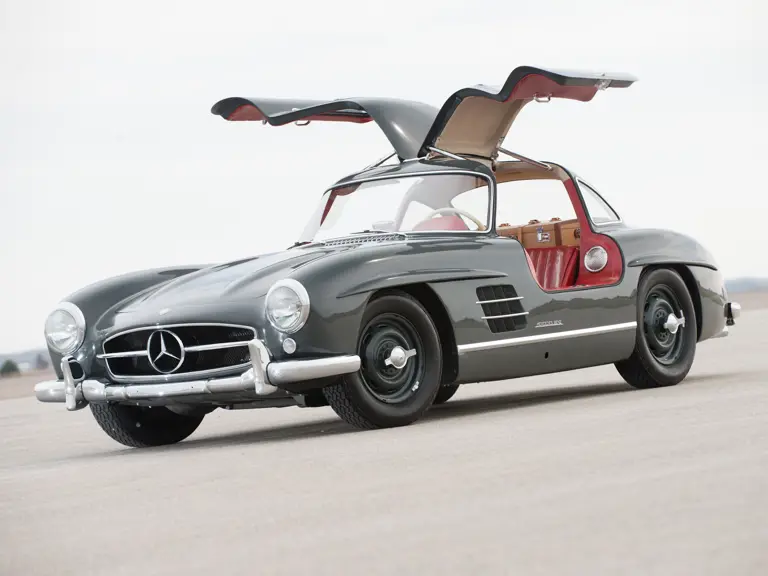
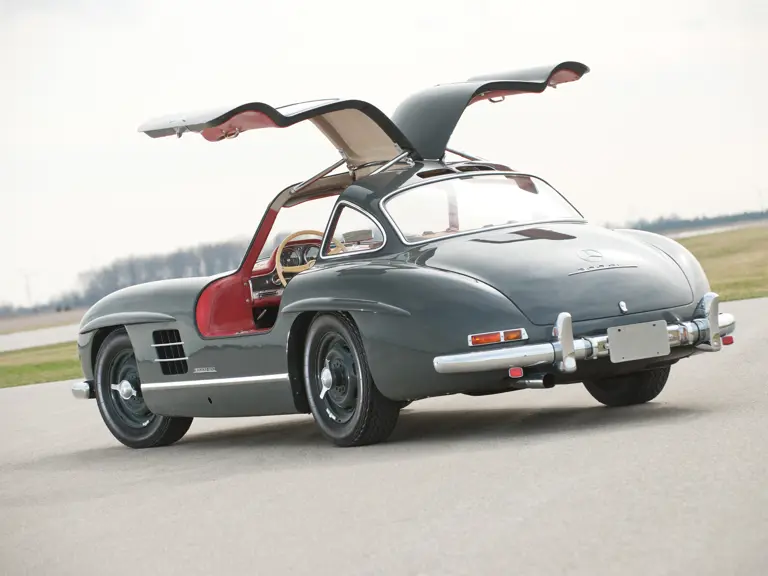


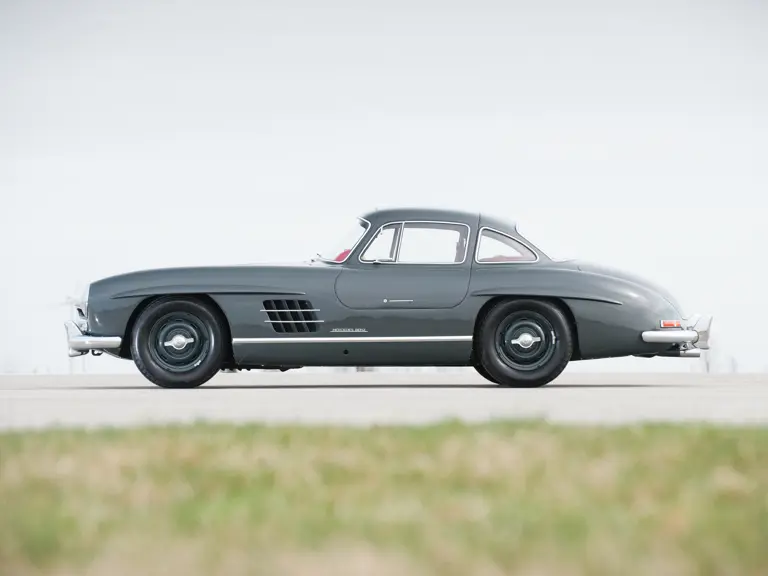
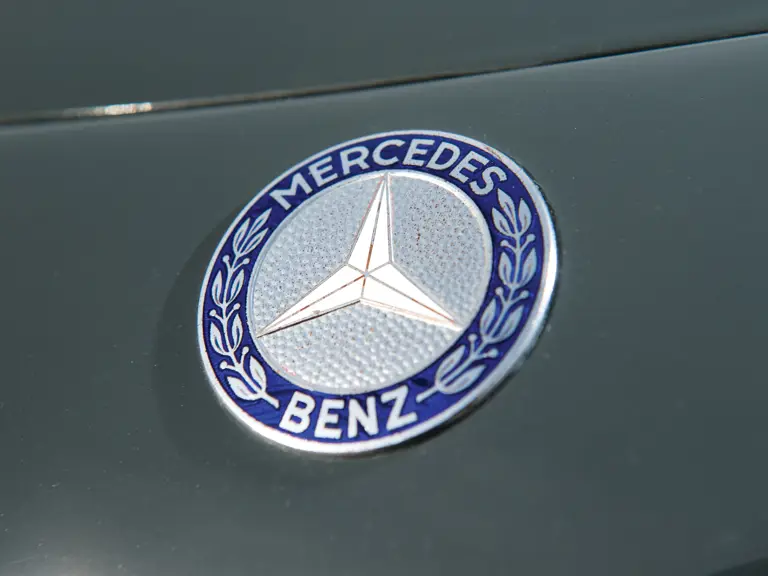

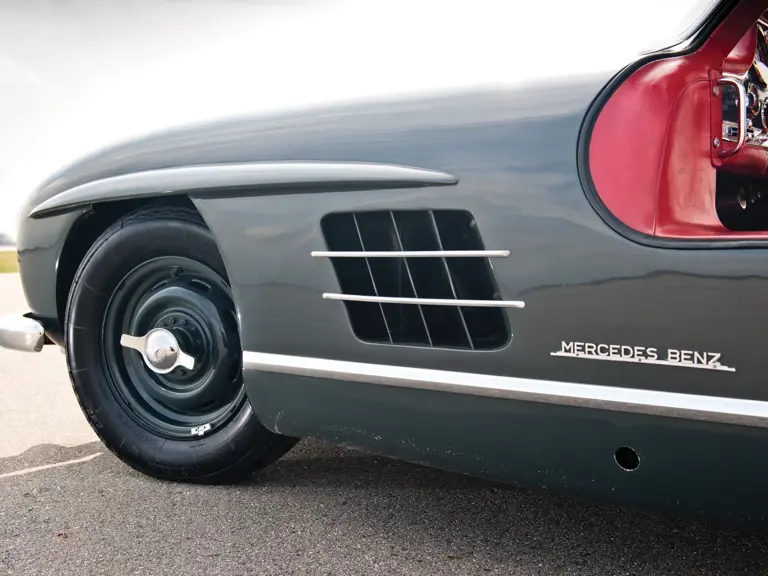
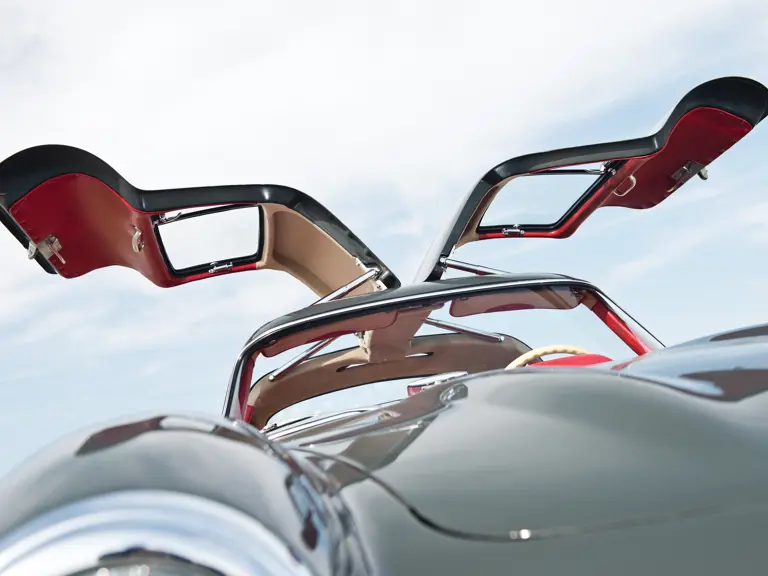
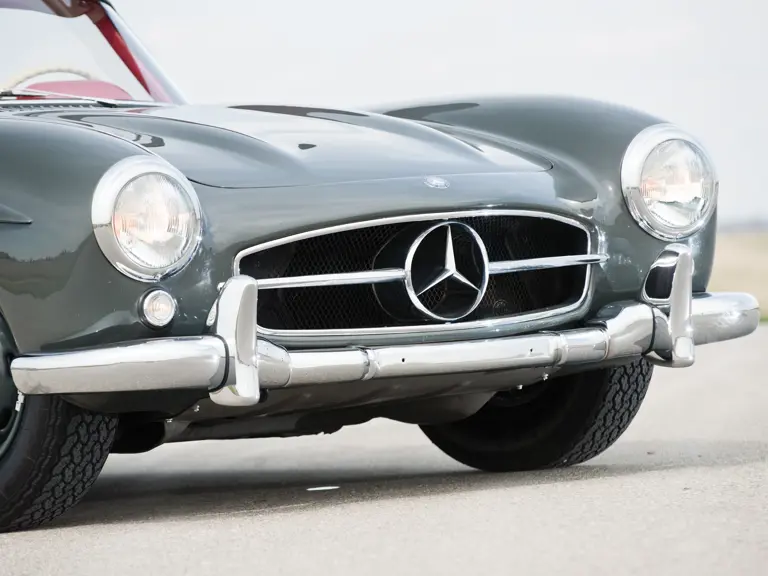
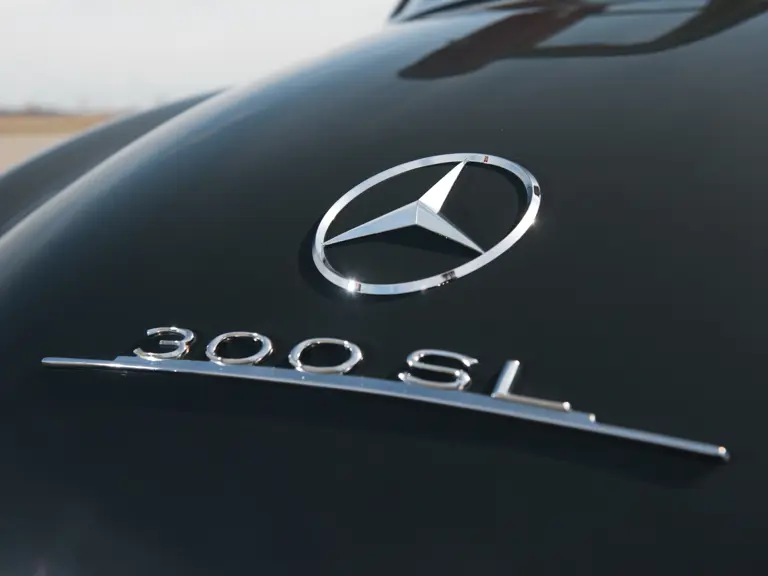



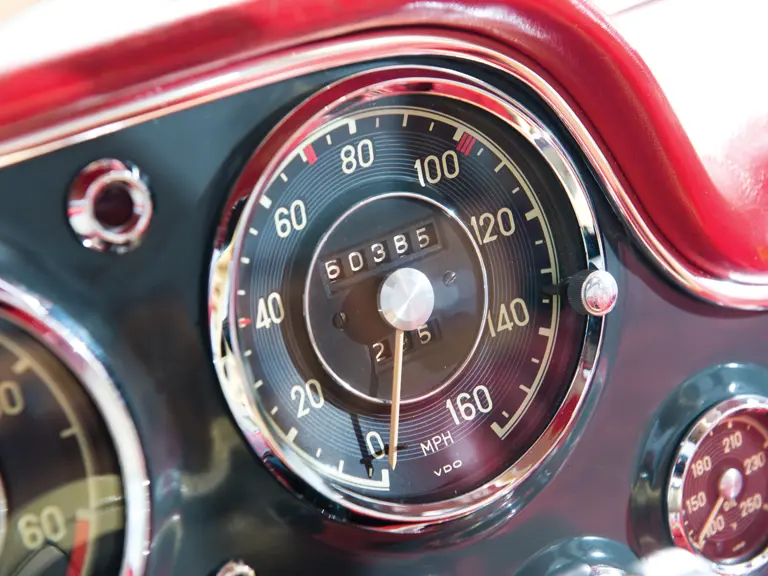

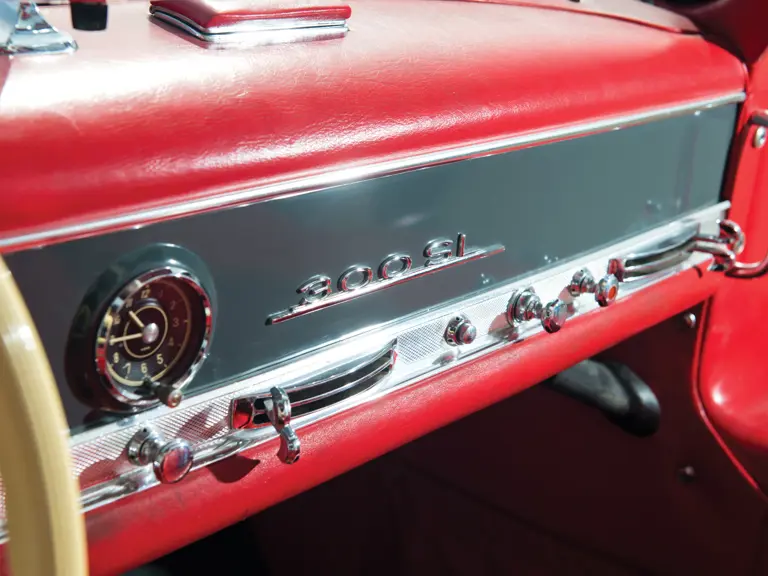
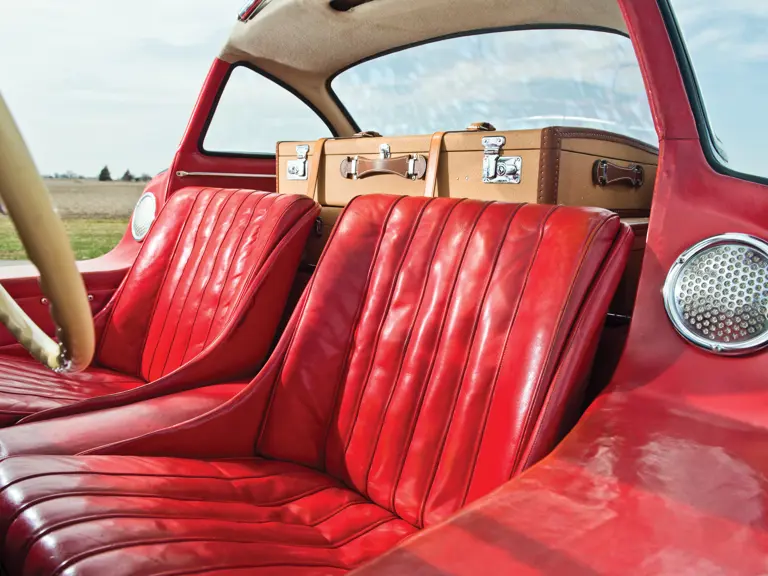
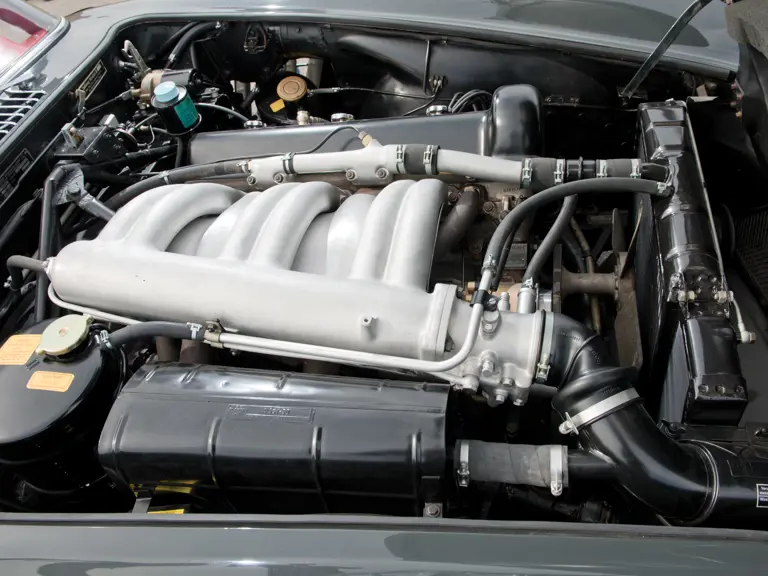
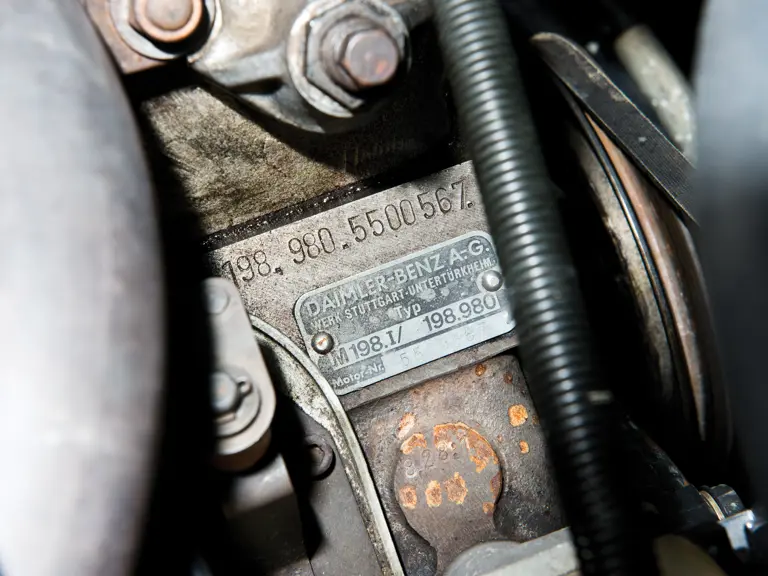
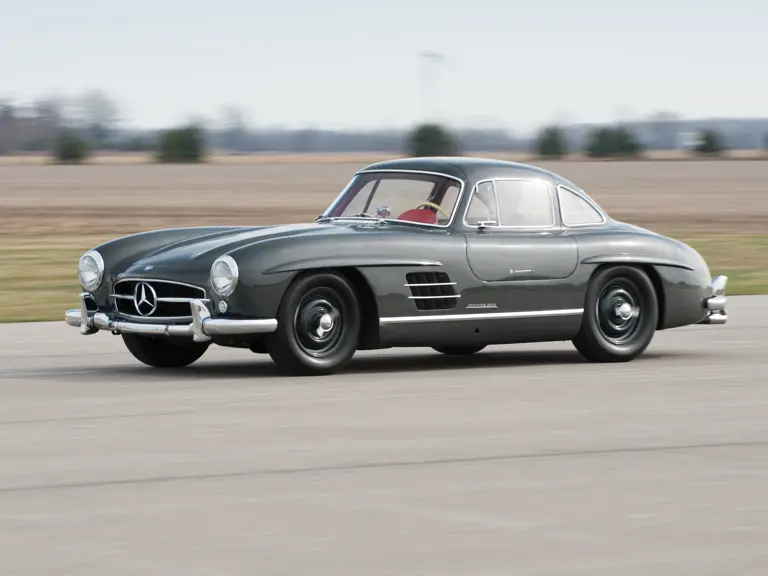
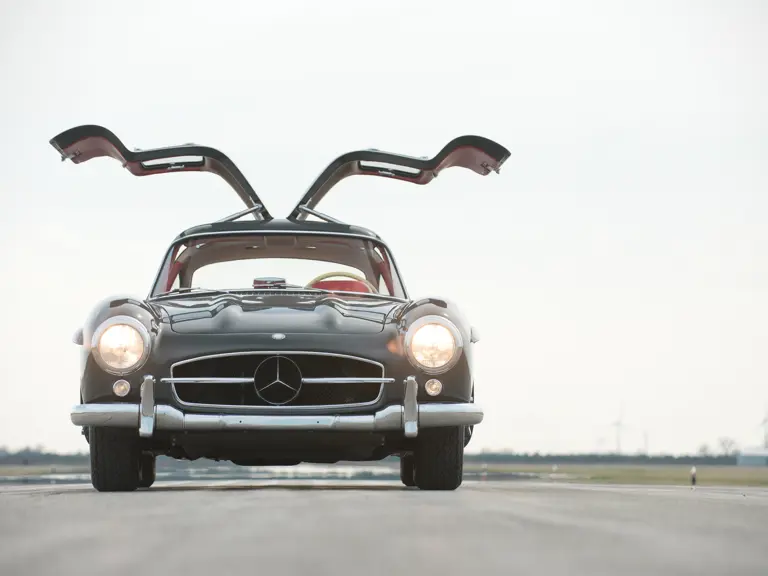
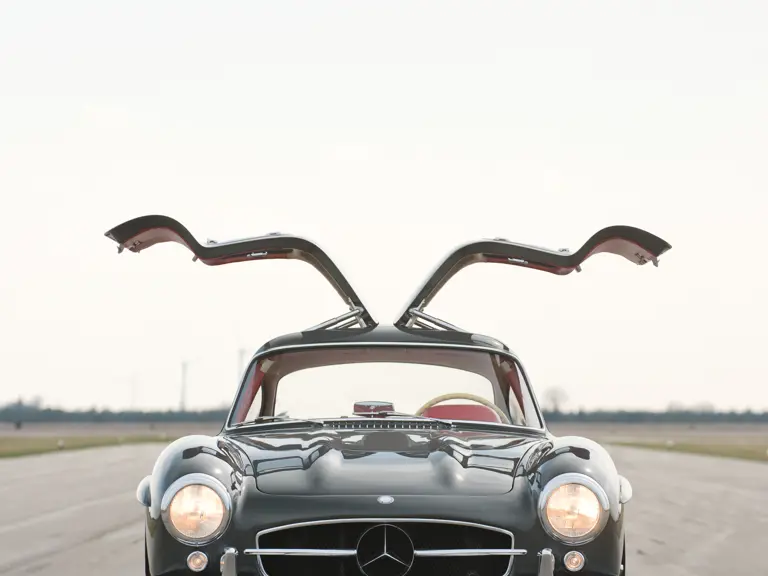
 | Monterey, California
| Monterey, California

